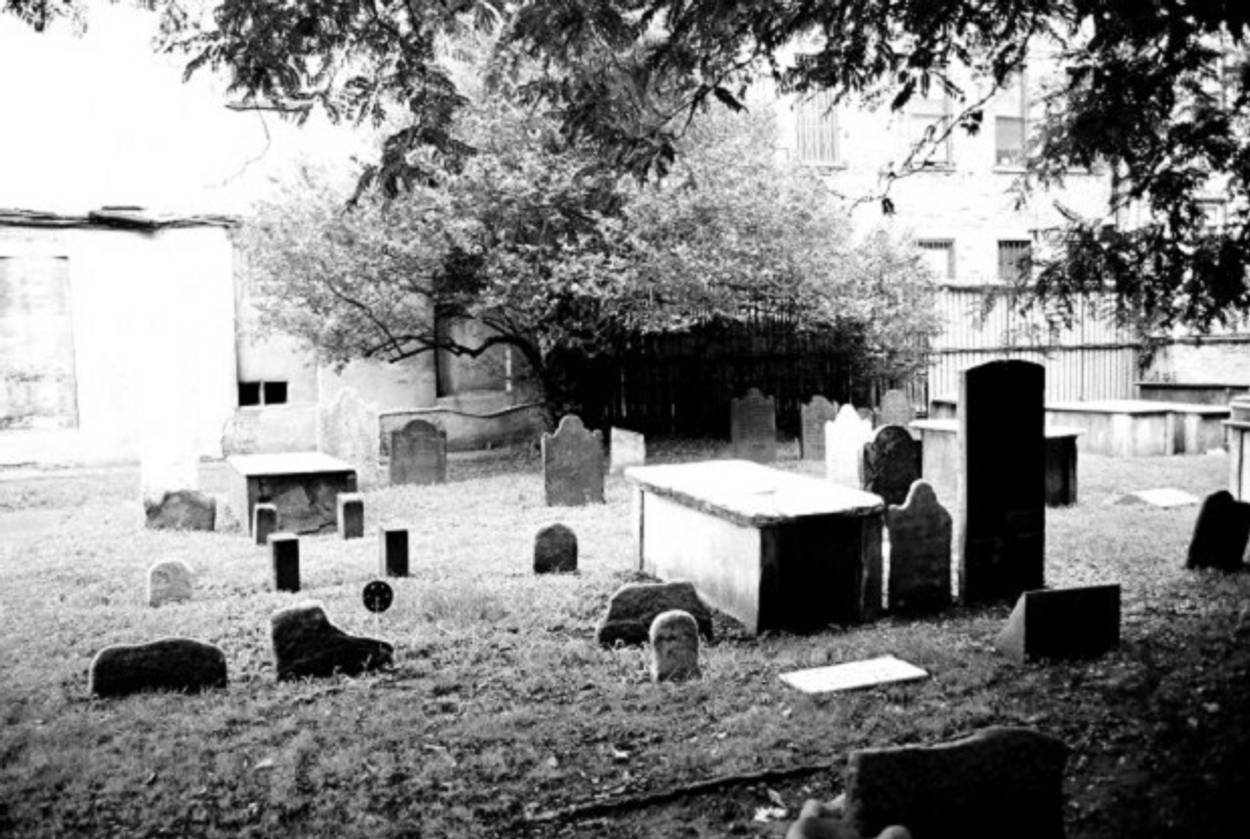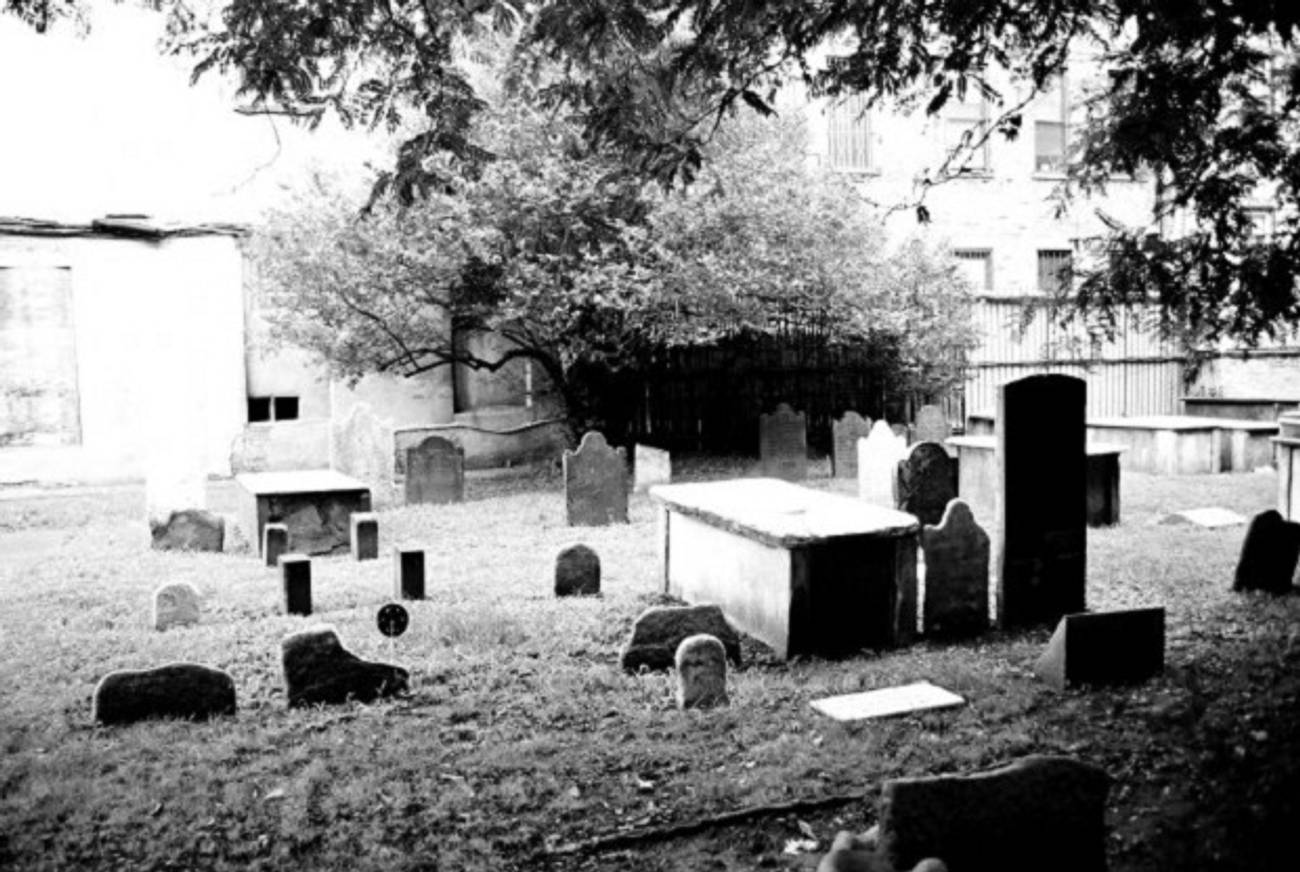How to Tell If a 500-Year-Old Skeleton Is Jewish
Move over, CSI




When I saw a story with the headline 500-year-old Jewish skeleton found in Brazil, my mind immediately raced to a dark corner. Rather than marvel at what is no doubt a fascinating discovery, I wondered instead: What makes a skeleton Jewish?
I skimmed through the details: skeleton found in Recife, Brazil, near the first synagogue of the New World, perfectly preserved male adult, no mention of horns, buried in the 16th century, perhaps a refugee of the Spanish Inquisition…A-HA!…jackpot!
“In Christian tradition, it is customary to bury the dead with their hands crossed over their chest, but this man was buried with hands laid alongside his body before rigor mortis set in,” Albuquerque said. “Furthermore, the body was buried in simple shroud without jewellery or any other private belonging and without casket.”
There you have it. Another point of interest, as you history buffs probably know, the Jews of Recife eventually left Brazil when it was captured from the Dutch by the Portuguese. Some of the skeletons of their community can be found in the oldest Jewish cemeteries in New York. Back in 2011, I wrote about them for Tablet:
The three historic Manhattan cemeteries belong to Congregation Shearith Israel, a Spanish and Portuguese synagogue in Manhattan and the oldest Jewish congregation in North America, established in 1654. They are perhaps the most durable legacy of New York City’s long-ago Jewish past. The Shearith Israel congregation was founded by 23 Jewish refugees, descendents of Spanish Jews, exiled during the Inquisition, who fled from Recife, Brazil, after it was taken from the Dutch by the Portuguese. They were fleeing anti-Semitism but were greeted coldly by Peter Stuyvesant, the Dutch director-general of the colony of New Netherland. From 1654 until 1825, Shearith Israel was the only Jewish congregation in New York City. In its long history, membership of the congregation has included Supreme Court Justice Benjamin Cardozo, three founders of the New York Stock Exchange, and the poet Emma Lazarus, whose famous words from “The New Colossus” are affixed to the Statue of Liberty. Shearith Israel—the name translated is “Remnant of Israel”—owns a Torah that dates to the American Revolution.
The First Cemetery of Shearith Israel is in southern Manhattan, above the first neighborhoods of New York City; it is the oldest Jewish cemetery in North America. The lot sits near Chatham Square in Chinatown and is lined with the graves of, among others, 22 veterans of the American Revolution and the first American-born rabbi. It was once a place where residents of nearby tenements would hang up their wash, and its trees provided cover for George Washington to hide a battery of guns from the British during the American Revolution. The cemetery, which operated from 1683 until 1828, is now listed on the National Register of Historic Places.
Adam Chandler was previously a staff writer at Tablet. His work has appeared in the New York Times, the Wall Street Journal, the Atlantic, Slate, Esquire, New York, and elsewhere. He tweets @allmychandler.